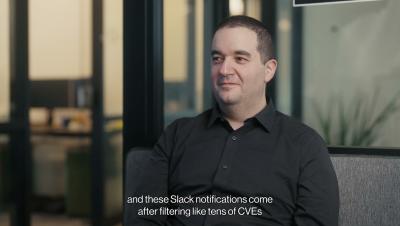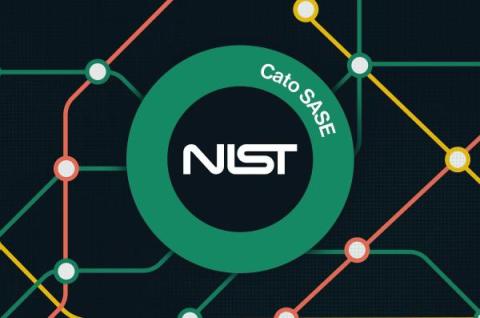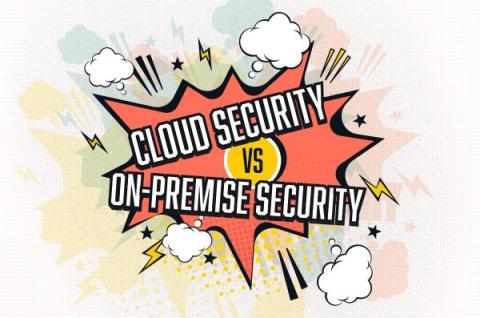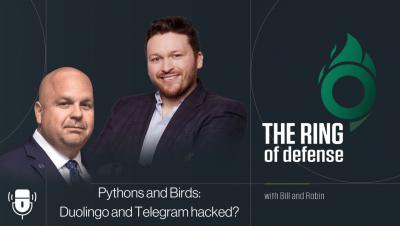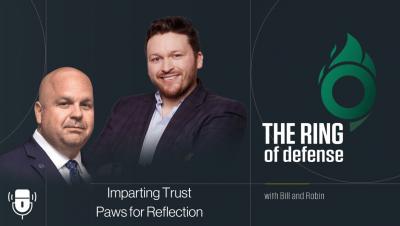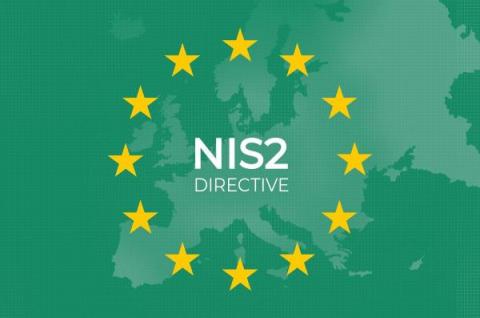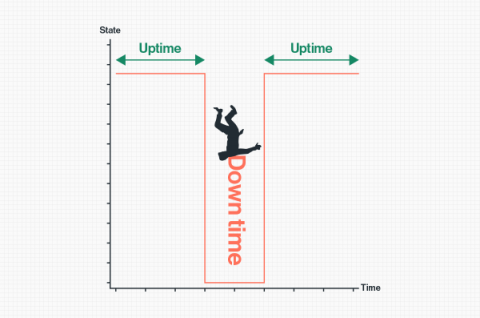Security | Threat Detection | Cyberattacks | DevSecOps | Compliance
Cato Networks
Consistent Security, Everywhere.
NIST Cybersecurity & Privacy Program
The National Institute of Standards and Technology (NIST) Cybersecurity Framework (CSF) 1.1 has been a critical reference to help reduce or mitigate cybersecurity threats to Critical Infrastructures. First launched in 2014, it remains the de facto framework to address the cyber threats we have seen. However, with an eye toward addressing more targeted, sophisticated, and coordinated future threats, it was universally acknowledged that NIST CSF 1.1 required updating.
How to Solve the Cloud vs On-Premise Security Dilemma
Organizations need to protect themselves from the risks of running their business over the internet and processing sensitive data in the cloud. The growth of SaaS applications, Shadow IT and work from anywhere have therefore driven a rapid adoption of cloud-delivered cybersecurity services. Gartner defined SSE as a collection of cloud-delivered security functions: SWG, CASB, DLP and ZTNA. SSE solutions help to move branch security to the cloud in a flexible, cost-effective and easy-to-manage way.
7 Compelling Reasons Why Analysts Recommend SASE
Gartner introduced SASE as a new market category in 2019, defining it as the convergence of network and security into a seamless, unified, cloud-native solution. This includes SD-WAN, FWaaS, CASB, SWG, ZTNA, and more. A few years have gone by since Gartner’s recognition of SASE. Now that the market has had time to learn and experience SASE, it’s time to understand what leading industry analyst think of SASE?
Pythons and Birds: Duolingo and Telegram Hacked?
Single Vendor SASE vs. the Alternatives: Navigating Your Options
SASE sets the design guidelines for the convergence of networking and security as a cloud service. With SASE, enterprises can achieve operational simplicity, reliability, and adaptability. Unsurprisingly, since Gartner defined SASE in 2019, vendors have been repositioning their product offerings as SASE. So, what are the differences between the recommended single-vendor SASE approach and other SASE alternatives? Let’s find out. This blog post is based on the e-book “Single Vendor SASE vs.
Imparting Trust: Paws for Reflection
Achieving NIS2 Compliance: Essential Steps for Companies
In an increasingly digital world, cybersecurity has become a critical concern for companies. With the rise of sophisticated cyber threats, protecting critical infrastructure and ensuring the continuity of essential services has become a top priority. The EU’s Network and Information Security Directive (NIS2), which supersedes the previous directive from 2016, establishes a framework to enhance the security and resilience of network and information systems.
SASE Instant High Availability and Why You Should Care
High availability may be top of mind for your organization, and if not, it really should be. The cost range of an unplanned outage ranges from $140,000 to $540,000 per hour. Obviously, this varies greatly between organizations based on a variety of factors specific to your business and environment. You can read more on how to calculate the cost of an outage to your business here: Gartner.



